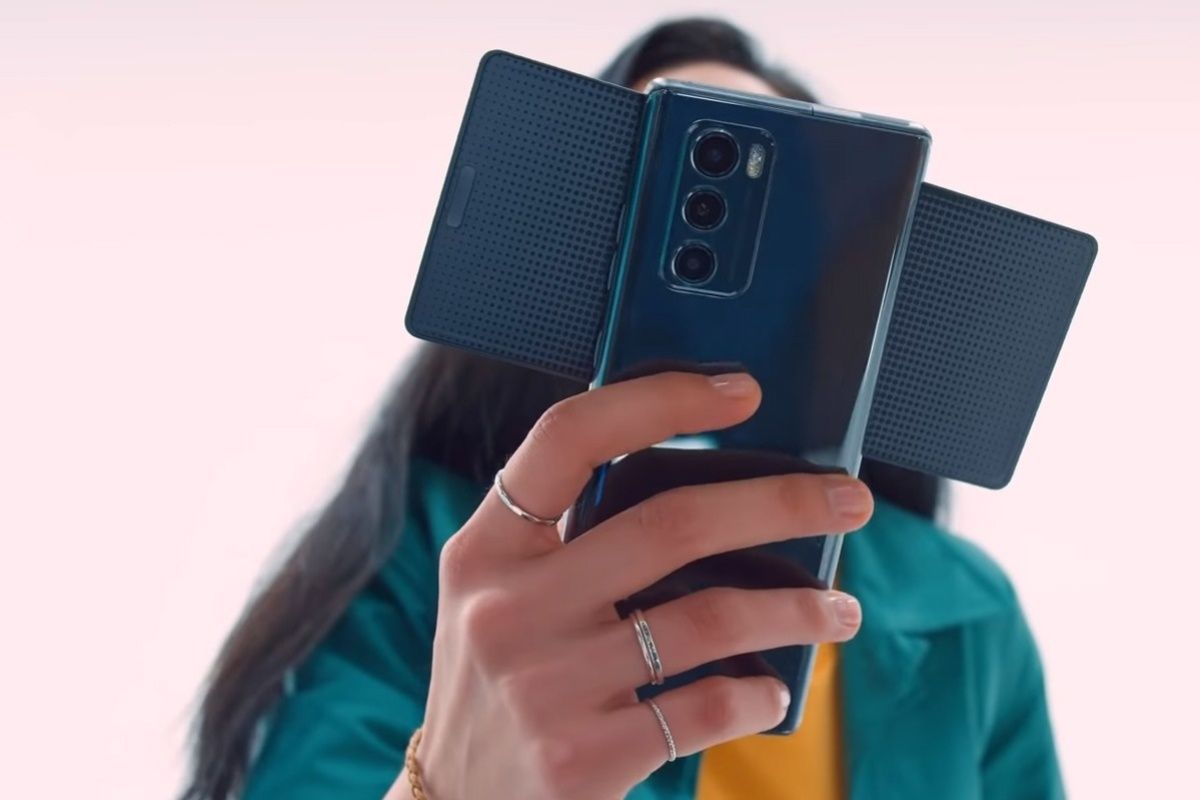The smartphone market has changed so drastically in the last couple of years that someone who was an enthusiast in the early 2010s will barely understand the market now, with market leaders Nokia, Blackberry and HTC almost dying or long gone, in favour of Chinese brands such as Xiaomi, Oppo and Korean giant Samsung. LG was one such causality that faded away in the last couple of years and, a few months back, it finally called it quits on its smartphone offerings, after failing more than once to reinvigorate the products. One such brand that seems to have escaped such a fate is Sony. Don’t get us wrong, they are nowhere close to where they were, as they currently reside at the bottom of the market, making enthusiast products that lack mass appeal, but it is interesting to see how long it has been able to sustain itself. So, what did Sony do differently that allowed for it to stay in a market that pushed multiple brands out and, can it keep on doing what it has done and sustain itself? Read more to find out.
Sony’s Succeeded Where LG Failed
Despite having faced its toughest competition, Sony’s mobile division was able to post its first profit since the last five years in Q1 of 2021, which was achieved by a reduction in production cost and an increase in overall selling prices for the handsets. One such product was the Xperia 1 III flagship that retails for a pricey $1299. Do note that this hike does not mean good times are here for the company, as it is selling lesser devices than any point in the 2010s. 2.9 million units across 2020 in contrast to a whopping 39.1 million in 2014 showcase the dent that the company has suffered, but it remains an admirable feat to exist in 2021. For a long time Sony and LG fans, the difference is massive when it comes to the current strategies they had. Both have existed with initial success, selling phones by the millions bringing in cash but, in recent years, times have been tough, leaving LG with no choice to call it quits. What LG did differently was that it kept on trying, rather than get bogged down on one market. It tried everything, from generic budget handsets to the wonky LG Wing to even the Velvet, all of which were spread across different price brackets and had multiple form factors to offer. But whilst LG had its mind set on trying each and every scenario, Sony decided to try and carve out a niche, doubling down on its efforts and working on what it was known for, optics. Sony decided to leave out the generic smartphone segment and try something different, something that was expensive but had some form of reach and interest around it. For those of you thinking that Sony had it easy, it too failed massively at times. From the Xperia series of devices, the most prominent failure of which were the Z and XZ series, there were multiple models that would remind you of an approach that Realme takes these days, offering an array of models with not much difference between them. The Xperia 1 brought back some of the Sony charm, but instead of failing like its predecessors, it decided to stick to what its core audience wanted. From the 4K HDR 21:9 OLED panel to the triple-camera setup capable of good optics performance to the headphone jack, the device was the multi-media machine for owners of Sony’s professional cameras.
Is Sony on Its Way to Glory?
It does not seem so, but it need not be so. The company has taken a trial and error basis, with the Sony Xperia 1 and Xperia 5 having been standouts in a good way. The Xperia 1 III got much praise from both critics and users, who felt that it was the perfect companion for the Sony user. The sales figures do not paint a glory day incoming, and why should it? Sony is building phones for niche consumers and this return to profits does not require it to chase the same. By making use of the Bravia panels, audio advancements and Alpha cameras, Sony has been successful in tapping that enthusiast who yearned for a bit more and was willing to pay for it. Sony has shown, for better or for worse that it is possible to make good phones that are capable of supporting a business without having to appeal to the mass consumer, and, the company might be one to watch, for it may just garner more and more attention going by its current trajectory, at least amongst the enthusiast crowd.


